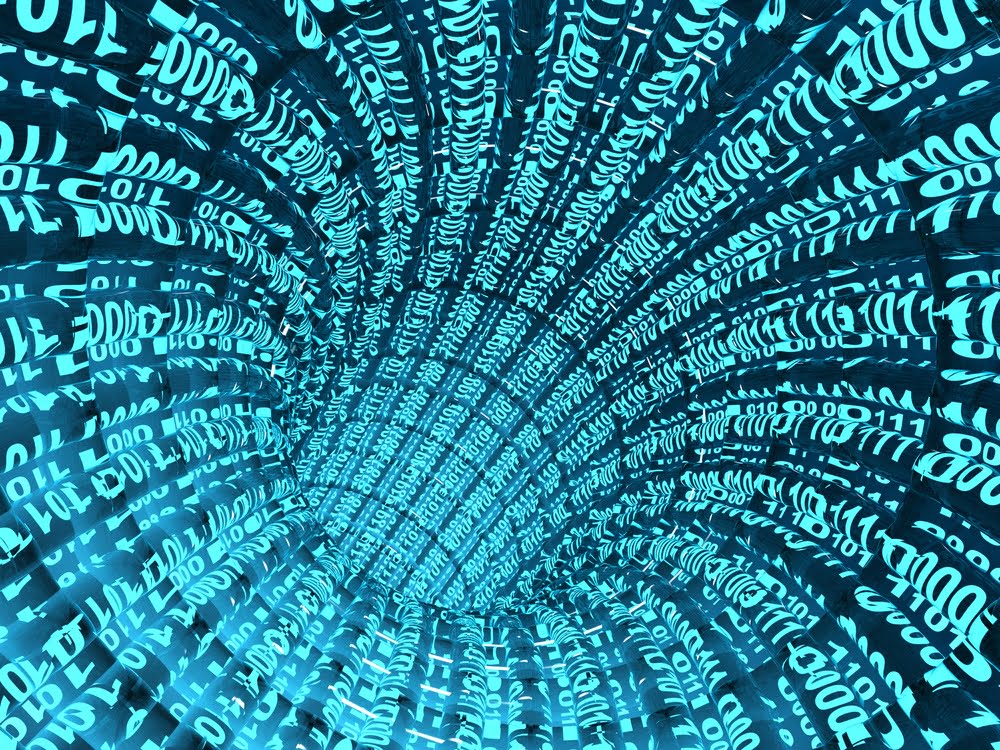Electronic devices transmitting data do not always require expensive hardware. In fact, there are some very cheap solutions available today which are worth exploring. A new chip developed at the University of Washington is certainly worth keeping an eye on. This creation can transmit data across hundreds of meters for a very low price. All of this was made possible thanks to LoRa technology.
LoRa-based Chip for Cheap Wireless Data
Considering the sheer number of locations that are currently focusing on “smart“ efforts, solutions need to be found to accommodate these changes. Equipping cars, streets, and other facilities with hundreds of sensors is one possible course of action, although it can become rather expensive at the end. Technology will allow us to become a smarter and more aware society, but only if we find a way to keep costs low and the quality of data high. There is no reason not to filter out unnecessary “noise.”
Doing so will not be all that easy. The current framework will require thousands of transmitters and sensors to provide us with the data we need. Passing along information across hundreds of meters with existing technology is not all that easy when using tiny devices. However, researchers at the University of Washington have come up with a solution that can alleviate most of these issues. Not only is the gadget small, but it’s also cheap and incredibly energy-efficient.
This gadget, which will be unveiled at a computing conference in Miami today, uses LoRa technology. Some technology enthusiasts may have heard about this communication standard already. LoRa allows devices to communicate with one another using radio waves. However, it does not suffer from the drawbacks we experience when using WiFi. There is nothing to interrupt the data stream, as signals pass through walls and furniture without any problem.
By using a different frequency radio wave compared to WiFi, LoRa is an excellent solution for transmitting data across large distances. Even very distinct signals can be distinguished from background noise with relative ease. While the generation of such carrier waves requires a lot of power, the impression of data upon an existing signal requires virtually no power. Apparently, this is exactly what the University of Washington researchers experienced.
According to researcher Shyam Gollakota, LoRa-based chips can be made for less than US$0.20 a piece, and are capable of detecting signals several hundreds of meters away. They can also imprint data on an existing signal and send the information back to central transmitters. All of this is done with just 20 millionths of a watt. This means such devices can effectively be powered by watch batteries, for example. It is also possible they could operate using ambient energy, although that will not be the case for this product’s first generation.
This kind of chip can serve many different use cases in the future. The range of potential applications is virtually limitless at this stage. Hospitals, for example, would benefit greatly from such chips embedded within patient bracelets. It is an interesting concept to keep an eye on, and we will find out more when the technology is officially unveiled by the team.

